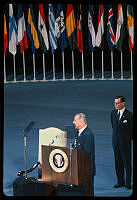Daguerreotype of the White House from the south (original) (raw)
Main Content

The White House from the south. Taken in 1846 by the daguerrean photographer John Plumbe Jr.
Photographer
John Plumbe Jr.
Date of Work
1846
Medium
Daguerreotype
Credit
Library of Congress
You Might Also Like
- Page
19th Century White House Staff
For most of the 19th century, the structure of the White House staff remained generally the same. At the top was the steward, a federal employee who was bonded; the Congress created this position to safeguard the silver and furnishings in the house. The steward was on the government payroll. He functioned as the manager of the house. The job - Page
The Electric Career of Ike Hoover
A group of physicians and surgeons meeting in Washington 1891 was treated to a reception at the White House on the evening of September 24. President Benjamin Harrison moved among the gathering, and "extended a hearty grasp to each of the doctors."1 The event included "lively airs" by the Marine band, and a chance to wander through the conservatory and reception rooms. - Page
Slavery and the White House
Construction on the President’s House began in 1792. The decision to place the capital on land ceded by two slave states—Virginia and Maryland—ultimately influenced the acquisition of laborers to construct its public buildings. The District of Columbia commissioners, charged by Congress with building the new city under the direction of the president, initially planned to import workers from Europe - Page
Did Slaves Build the White House?
Construction on the President's House began in 1792 in Washington, D.C., a new capital situated in sparsely settled region far from a major population center. The decision to place the capital on land ceded by two pro-slavery states-Virginia and Maryland-ultimately influenced the acquisition of laborers to construct its public buildings. The D.C. commissioners, charged by Congress with building the - Page
The Ground Floor
The white marble walls of the Ground Floor corridor complement the vaulted ceiling arching gracefully overhead. Architect James Hoban installed the groin vaulting around 1793. Its sturdy construction withstood the fire of 1814. The vaulted ceiling seen today is a copy of the original vaulting built during the Truman Renovation between 1948 and 1952. One of the house's finest architectural elements, this ceiling was - Page
James Hoban: Architect of the White House
James Hoban's life is a memorable Irish-American success story. In his boyhood he learned the craft of carpenter and wheelwright, and became an architect by profession and a builder by trade. Hoban came to America with high ambitions, and designed and erected many buildings; but what keeps his name alive today arises from one special commission - he was the - Page
Life & Work in Charleston, S.C.
When James Hoban set sail for America, and where he landed, are not certain. By 1785, Hoban was advertising his services in a Philadelphia newspaper: "Any gentleman who wishes to build in an elegant style, may hear of a person properly calculated for that purpose who can execute the Joining and Carpenter's business in the modern taste. James Hoban." Two years - Page
Public Architect and Developer
After 1802, James Hoban concentrated on his successful business partnership with Pierce Purcell in Washington, distancing himself from the politics and the lower pay of public improvement projects. Except for the White House, few of Hoban's buildings still stand. He also superintended the Capitol, completing the North Wing by 1800, when the seat of government moved to Washington.Hoban became the superintendent - Page
Conservation of the White House Collection
Care of any museum collection includes the conservation of objects to correct or stabilize deterioration from age or exhibition. Although the White House is an accredited historic house museum, it does not provide the traditional exhibition setting of objects under glass or behind ropes at all times. As the official residence of the president of the United States, objects from - Page
Amenities & Living Comforts
The first bath tubs in the White House were portable and made of tin; water was hauled in buckets. Running water was piped into the White House in 1833. Gaslighting, installed in the White House in 1848, replaced candles and oil lamps. A central heating system was installed in the White House in 1837 when many people still warmed themselves with a log - Page
Rebuilding the White House
President John Adams first occupied the President's House on November 1, 1800. It stood for thirteen years and eight months until it was burned during the British invasion in August 1814. After a concerted effort by Congress to move the capital to Cincinnati, the government appointed two architects to "repair" the Federal City's public buildings: Benjamin Henry Latrobe, an Englishman of skill in - Page
White House Tour
Following a competition for the design of the President's House in the spring of 1792, Irish architect James Hoban was commissioned to build a home and office for the President of the United States. With guidance from President George Washington, Hoban employed craftsmen brought from as far away as Scotland and oversaw a free and enslaved labor force that constructed one -
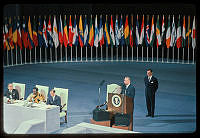
-
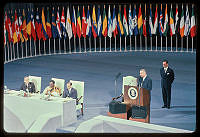
-
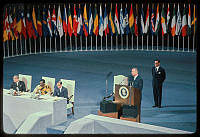
-

-
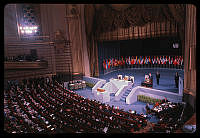
-
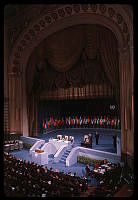
-
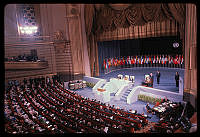
-
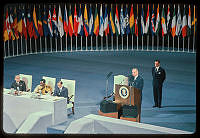
-
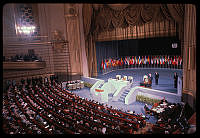
-

-
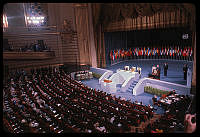
-
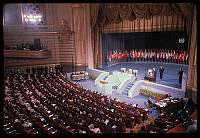
-
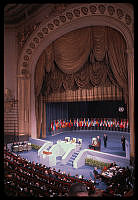
-
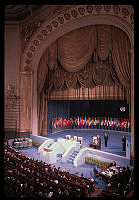
-
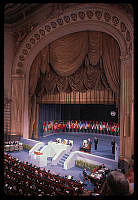
-
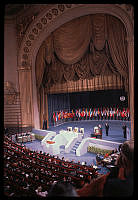
-
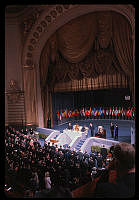
-
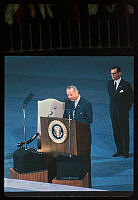
-

-
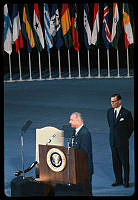
-
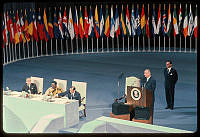
-
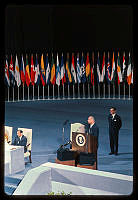
-
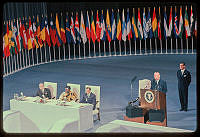
-
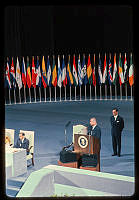
-
